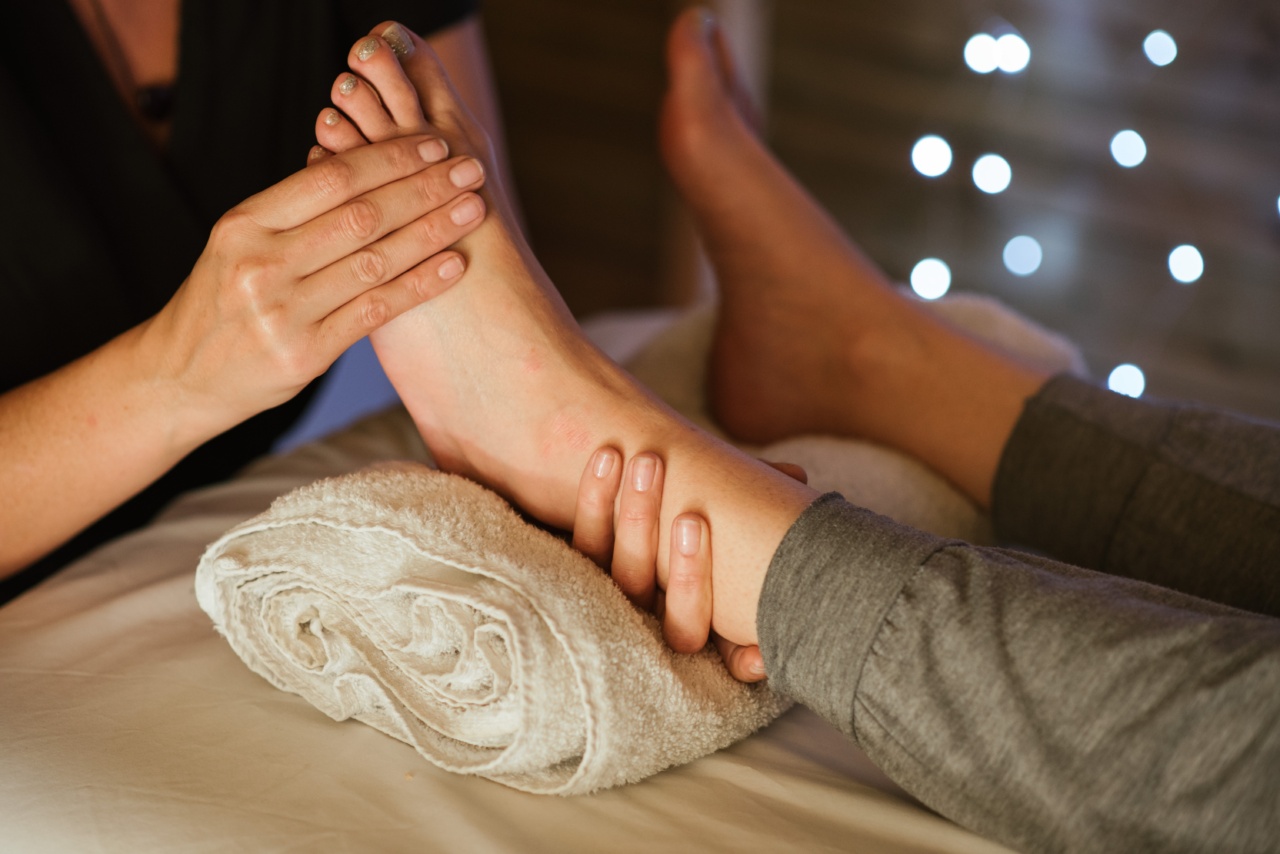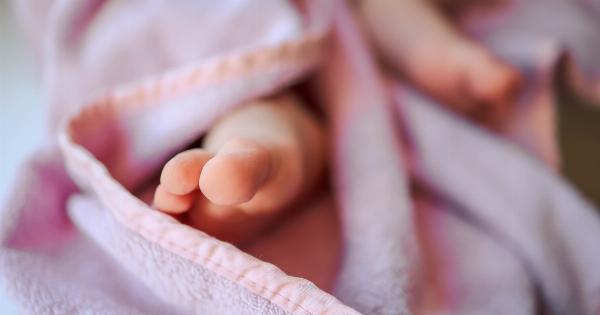Foot blisters are a common problem for many people, especially athletes and runners. They occur when there is friction or pressure on the skin, which can cause fluid to build up in the layers of the skin.
These blisters can be quite painful and make it difficult to walk or run. However, there are ways to treat foot blisters and prevent them from getting worse or becoming infected.
Step 1: Clean the Blister
The first step in treating a foot blister is to clean the blister and the surrounding area. This will help prevent infection and also reduce the risk of the blister getting worse. Wash your hands thoroughly before touching the blister.
Then clean the blister with mild soap and warm water. Avoid using alcohol or hydrogen peroxide, which can cause further irritation and delay healing.
Step 2: Drain the Blister
Next, you may need to drain the blister if it is large and causing significant pain or discomfort. To do this, sterilize a needle or pin by holding it over a flame or dousing it in alcohol. Then, use the needle to pierce the blister at its edge.
Gently press on the blister to allow the fluid to drain out. Leave the overlying skin intact to protect the underlying skin from infection.
Step 3: Apply an Antibiotic Ointment
After draining the blister, apply a thin layer of antibiotic ointment. This will help protect the blister from infection. Ensure that the ointment is applied to the affected area and the ointment should be reapplied for at least 2 to 3 times in a day.
Step 4: Cover the Blister with a Bandage
Once you have drained the blister and applied the antibiotic ointment, cover the blister with a bandage or dressing. This will help protect the blister from further damage and also keep it clean and dry.
Ensure the dressing is firmly applied to the skin to prevent rubbing or shifting.
Step 5: Take Pain Relievers
If the blister is particularly painful, you may want to consider taking an over-the-counter pain reliever such as acetaminophen (Tylenol) or ibuprofen (Advil).
However, it important to note that pain medication does not treat the blister itself and it should only be used to make you feel comfortable. Overuse or misuse of these medications can cause serious health problems such as liver damage and gastric ulcer. Therefore, should check with doctors or pharmacist before taking any pain medication.
Step 6: Rest Your Feet
Finally, it is important to rest your feet and give the blister time to heal. This means avoiding activities that can cause friction or pressure, such as running or walking for an extended period of time.
Instead, you should elevate your feet and avoid walking for extended period of time. This helps decrease the pressure on the blister.
When to See a Doctor
In most cases, foot blisters will heal on their own with proper treatment and care.
However, if the blister is large, painful, oozing pus, or shows redness, warmth, or swelling in the surrounding skin after a few days of treatment, seek medical attention. Your doctor might consider prescribing some topical medication or antibiotic to treat such infection due to inflammation.
Preventing Foot Blisters
Preventing foot blisters is relatively easy. Here are a few steps that can help you avoid foot blisters:.
- Wear shoes that fit properly. Shoes that are too tight or too loose can cause friction and pressure on your feet.
- Wear the right socks. Choose socks that absorb sweat. If you are participating in a sport, wear socks that are specifically designed for that activity.
- Keep your feet dry. Moisture can cause friction and pressure on your skin, making it more likely to develop blisters.
- Use moleskin or blister pads. Apply padding to areas of your feet that are prone to blistering.
- Change your shoes and socks frequently. This will help reduce moisture and prevent friction.
Conclusion
Foot blisters may be painful and uncomfortable, but by following these simple steps, you can treat them quickly and effectively.
If you take steps to prevent blisters from forming in the first place, you can avoid the pain and inconvenience of dealing with them in the future. Remember that if you experience any complications or if your blister does not improve after a few days of treatment, seek medical attention to treat it effectively.






























